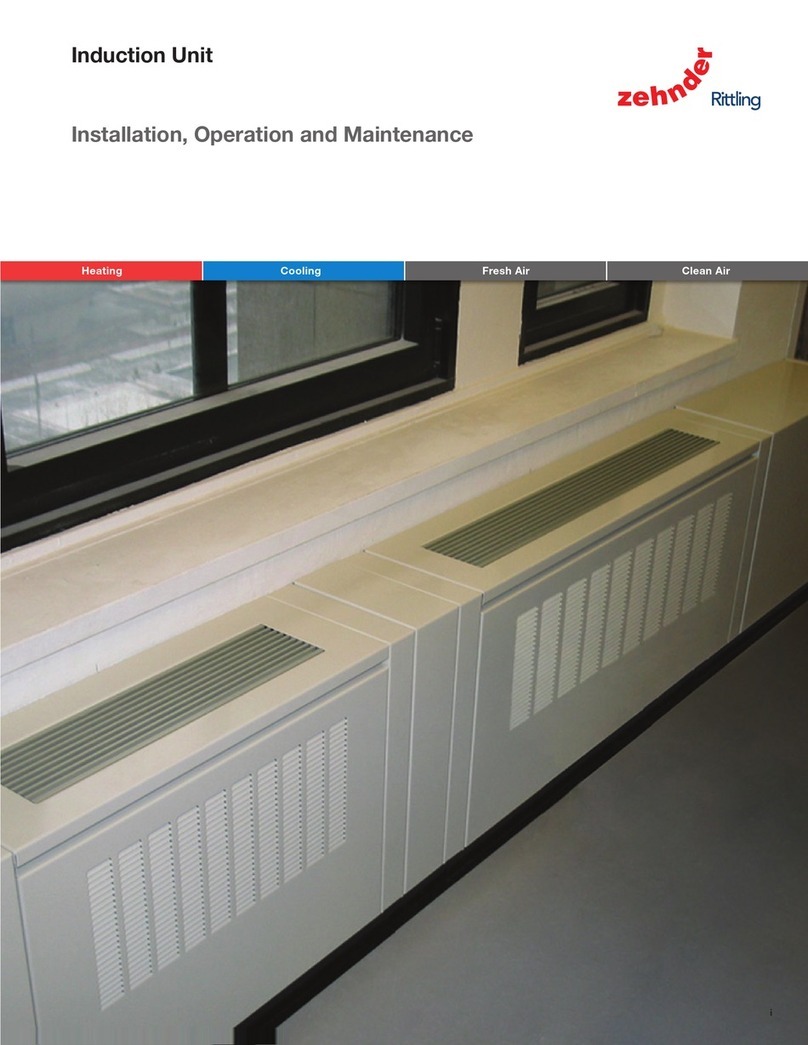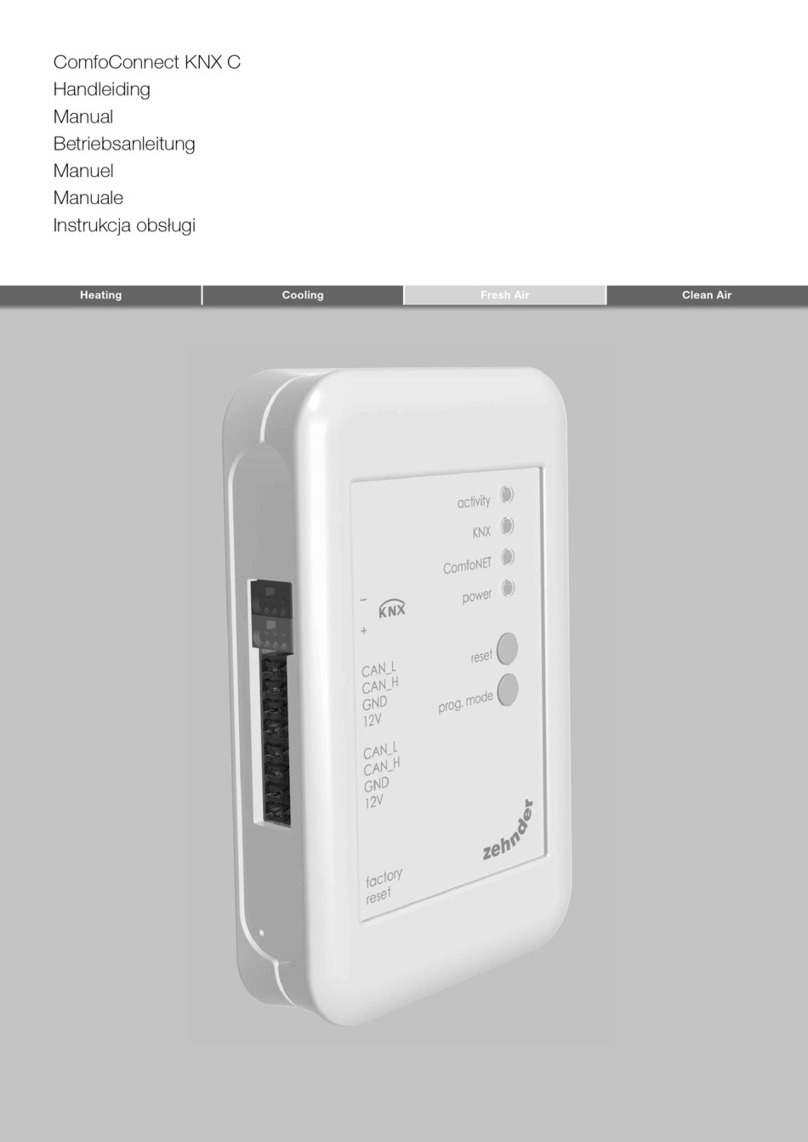
1. FOREWORD
This operating and installation manual contains
installation and operating instructions for the
COMFOAIR 140 heat recovery unit.
READ THIS MANUAL CAREFULLY BEFORE
PUTTING THE UNIT INTO OPERATION.
This manual contains all the information and
instructions necessary for optimum installation of
a heat recovery unit and the Comfoair 140. It
serves also as a manual for maintenance and
after-sales service work.
The unit is subject to ongoing improvement and
further development. It is therefore possible that
your unit differs slightly from the description here.
We wish you years of comfort and pleasure with
your Comfoair 140.
NOTE: This manual has been produced with the
greatest care and attention. However, no rights
can be derived from this. We reserve the right to
change the contents of this manual, in whole or in
part, at any time without prior notification.
Comfoair 140 identification plate
The identification plate is located on the front
cover of the Comfoair 140.
1.1 General
Our “General Terms and Conditions” in their
latest wording apply to the CA 140.
The warranty period begins with commissioning,
but not later than one
month after delivery. This applies to material
replacement and does not include the labour. It
applies only on proof of maintenance having been
performed by a specialist company in accordance
with our instructions.
.
The warranty will be voided if:
•The unit is operated without filter,
•Proper filter maintenance is not carried out,
•Original spare parts were not used, or
unauthorised modifications were made to
the unit.
1.2 Liability
The Comfoair 140 ventilation unit was designed
for comfortable ventilation in residential buildings.
Use in any other way is considered as being an
unauthorised use that can result in damage to the
unit and/or injury to persons, for which the
manufacturer cannot be held responsible.
The manufacturer assumes no liability for
damage or injury attributable to:
•Failure to observe the safety, operating and
maintenance instructions in this manual.
•The use of materials not supplied by the
manufacturer. The responsibility here lies
solely with the company installing the unit.
•Normal wear.
2. SAFETY
2.1 General Safety Regulations
•Observe the safety regulations and warnings
contained in this manual at all times. Failure
to do so may result in damage to the unit or
personal injury.
•The heat recovery unit and the Comfoair 140
must be installed in accordance with the
national building regulations, applicable
regulations of the local authorities and the
public utilities, the generally acknowledged
rules of engineering and the DIN standards in
their latest working.
•Only an appropriately qualified company may
be employed to install and connect the unit
and to put it into operation.
•Store this manual in the vicinity of the unit at
all times.
•The instructions on periodic cleaning and/or
changing of the filters, the air inlet/outlet
valves and the air inlet/outlet grilles must be
strictly observed.
•The proper response of the safety functions
and precautions must be checked at regular
intervals.
•Modifications to the unit are not permitted.
•The unit may only be connected to a 230 V
AC power supply!




























